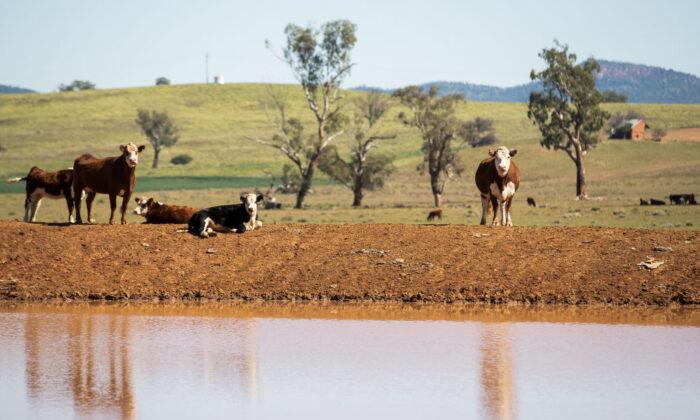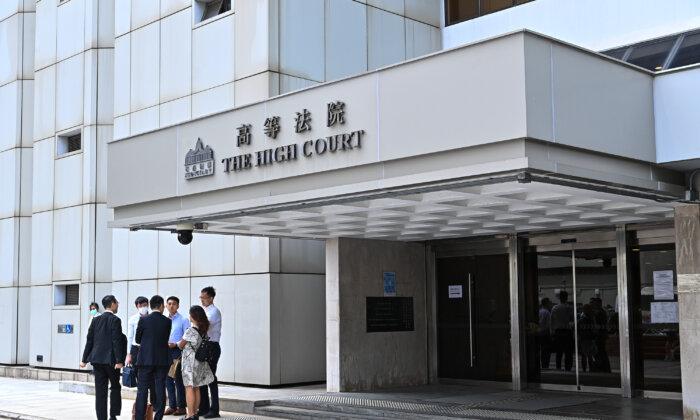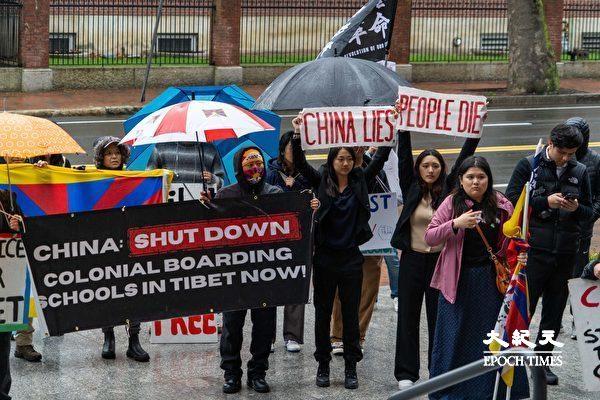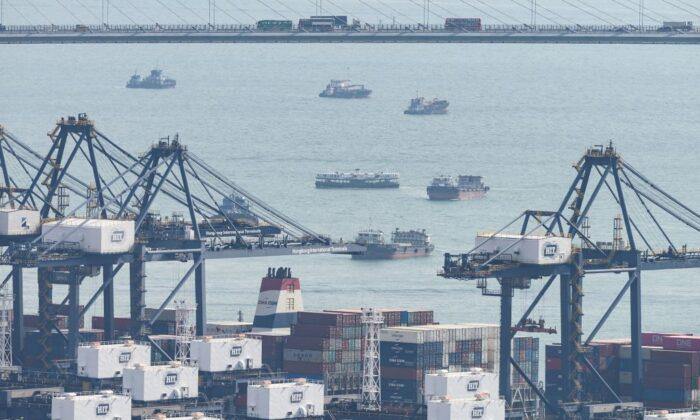The Australian government is urged to increase the resettlement rate of new migrants in regional areas to help fill a major shortage of workers.
Regional Australia Institute (RAI), an independent think-tank, has said that increasing overseas migration is crucial to the economic growth and sustainability of the outer fringes of cities and towns in Regional Australia.
“The 2022 Population Statement projects in 2022-23 that less than 17 percent of net overseas migration will flow to regional Australia,” said Liz Ritchie, the CEO of RAI, in a statement on Jan. 9. “Regional Australia deserves a far greater share of Australia’s biggest driver of population growth.”
“At a time when our regional cities and towns are crying out for skills and labour, reaching a record of over 96,000 job vacancies in late 2022, we need to be collectively looking at the systems and processes supporting migrants, so we have more calling regional Australia home,” Ritchie said.
“Migration will be critical to the growth and sustainability of regional Australia over the next decade.”
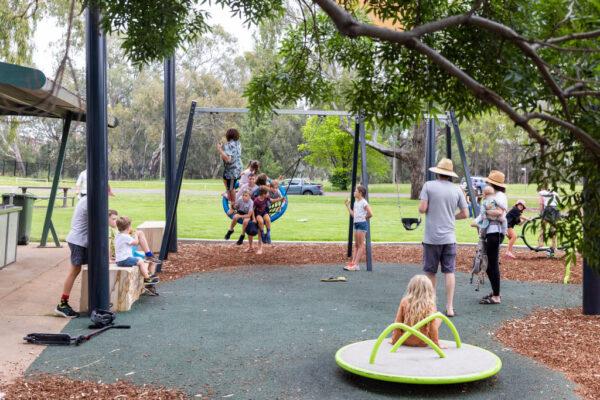
The 2021 census data shows that foreign-born immigrants are not opposed to settling outside metropolitan areas if they have the information and support to do so, according to the think tank’s research.
Of the 254 local government areas with an increase in Australian and overseas-born resident populations between the 2016 and 2021 Census periods, 70 percent were in regional areas outside the capital cities.
“Demand to live in regional Australia is not the issue,” Ritchie said.
“To have more migrants living in regional Australia, we need to provide further awareness about job opportunities, including job support services, and ensure we have communities with enough housing and critical soft and hard infrastructure.
“We need to take a holistic view of the various factors impacting Australia’s migrant population,” she said. “Population planning, jobs, access to housing – are all interlinked.”
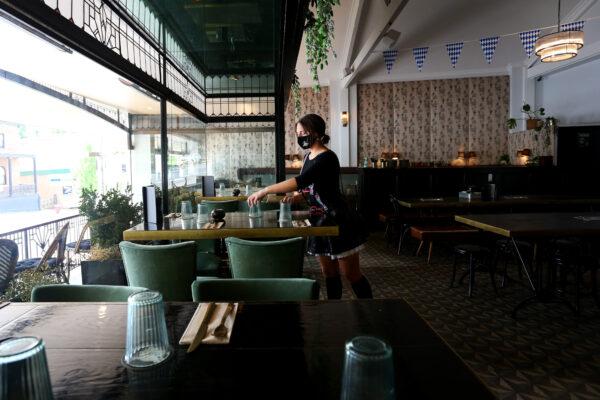
Business Calls for Increase in Immigration
Meanwhile, the Business Council of Australia (BCA) is calling on the government to set immigration quotas based on population and to provide easier access to permanent residency for temporary visa holders.“Australia faces stiff competition as a migrant destination from other advanced economies that are also experiencing severe skills and labour shortages,” reads the BCA’s submission to the federal government’s migration review.
The submission recommends that the government consider setting the number of permanent immigrants it accepts into Australia as a percentage of the coutnry’s total population.
For example, the number of immigrants introduced by Canada in the next three years is a little more than one percent of the population, while Australia’s current annual immigration quota of 195,000 only accounts for about 0.75 percent of the population.
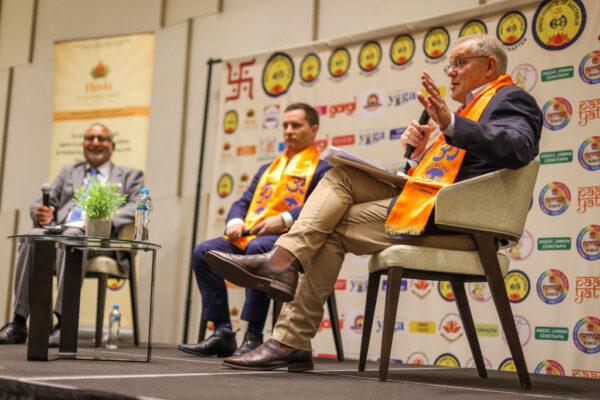
The COVID-19 pandemic has led to a drop in immigration to Australia, with the latest population report showing that by 2030, Australia will have 1.2 million fewer people than was predicted prior to the pandemic. Some economic experts believe immigration is the only thing keeping the economy out of recession.
However, the former Morrison government reduced the quota from about 190,000 a year to 160,000 at one point, citing population pressures in big cities.
“Migration is an easy scapegoat for lack of infrastructure delivery and poor planning, but it is too important for us to continue down this path,” the BCA said.
The BCA also recommended that the government allow employers to bring in any foreign skilled worker from overseas who earns more than the average wage of $92,000 (US$63,300) a year.
It reiterated a call made at last year’s employment summit to raise the immigration quota from 195,000 to 220,000 over the next two financial years and allocate 70 percent of places to skilled migrants.
